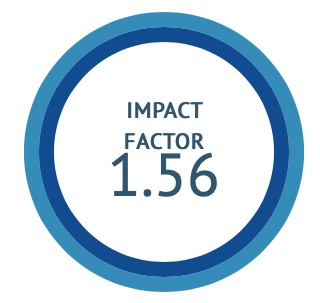Evaluation of wound healing activity of Dhataki Pushpa ointment (Woodfordia fruticosa Kurz.) on Sadyavrana (excised wound) - An experimental study
DOI:
https://doi.org/10.47552/ijam.v13i2.2249Keywords:
Dhataki Pushpa, Sadyavrana, Woodfordia fruticosa Kurz., Wound healing activityAbstract
Background: Woodfordia fruiticosa Kurz. of Lythraceae is a shrub whose blooms are called Dhataki Kusuma. The fresh flower of W. fruticosa controls bleeding in emergency cuts, whereas the dried flower powder heals wounds faster. Indian tribes utilise it to cure wounds. No scientific evidence supported using W. fruticosa to treat wounds, hence the present study assessed the plant's wound healing ability. Aim: To find out the efficacy of Dhataki Pushpa ointment on Sadyavrana (excised wound). Material & Methodology: BSI (Botanical Survey of India) verified Dhataki flowers. The ointment was prepared and then standardised. This research randomly chose 12 Wistar rats (six for Dhataki Pushpa ointment, and six for betadine). Albino rats (Wistar) of both sexes weighing 150-200 g were used in this research to examine the impact of Dhataki Pushpa ointment on the healing of Sadyavrana (incised wound). Observations: Progressively wound contraction was assessed on 0 days, 4th, 8th, 12th, and 16th days in both groups using graph paper (mm2) and represented as a percentage. Result: the statistical analysis (unpaired t-test) revealed that there is a significant difference in the wound healing activity of both the ointments on Sadyavrana (p<0.0001). Discussion: Dhataki extract is antibacterial and antifungal. Tannins and alcohol concentration may speed wound contraction and healing. Reduced wound contraction indicates Dhataki ointment's superiority over betadine. Conclusion: Dhataki flower ointment has a significant effect on Sadyavrana when compared with betadine ointment.
Downloads
Published
How to Cite
Issue
Section
License
Copyright (c) 2022 International Journal of Ayurvedic Medicine

This work is licensed under a Creative Commons Attribution 4.0 International License.
The author hereby transfers, assigns, or conveys all copyright ownership to the International Journal of Ayurvedic Medicine (IJAM). By this transfer, the article becomes the property of the IJAM and may not be published elsewhere without written permission from the IJAM.
This transfer of copyright also implies transfer of rights for printed, electronic, microfilm, and facsimile publication. No royalty or other monetary compensation will be received for transferring the copyright of the article to the IJAM.
The IJAM, in turn, grants each author the right to republish the article in any book for which he or she is the author or editor, without paying royalties to the IJAM, subject to the express conditions that (a) the author notify IJAM in advance in writing of this republication and (b) a credit line attributes the original publication to IJAM.




